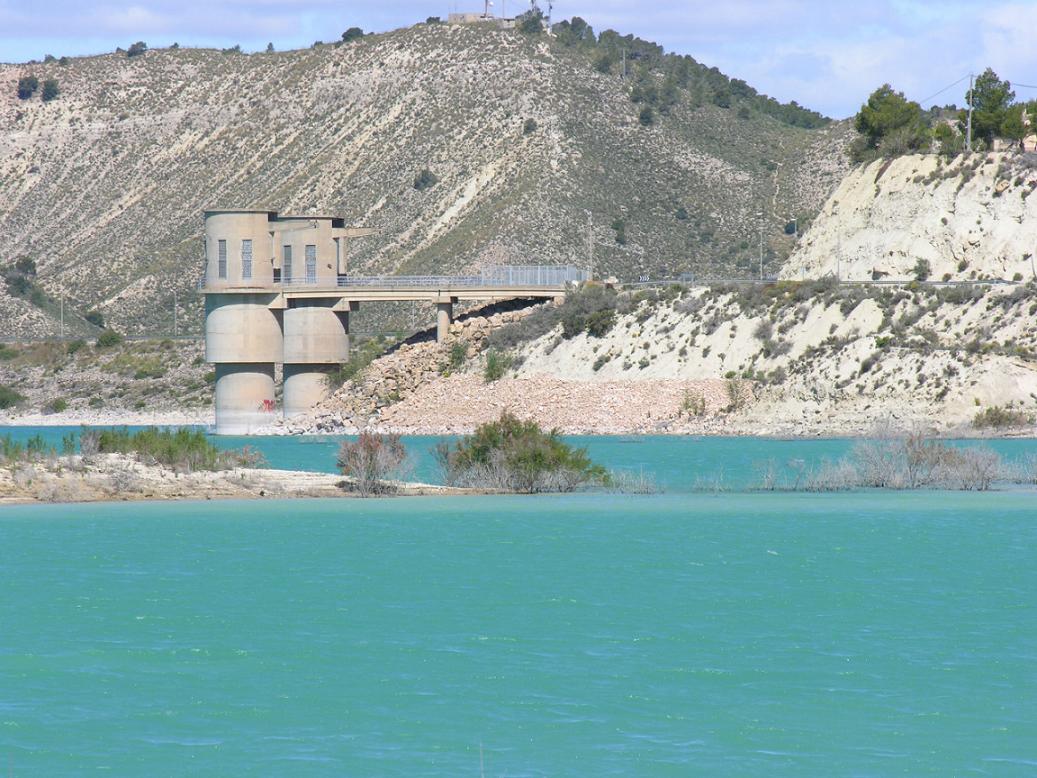THE recent deadly deluges to hit Malaga have brought some respite to the region’s water crisis.
The province’s reservoir levels have recovered 62% of the water lost and consumed over the course of the year’s demanding summer season.
Malaga’s network of seven reservoirs has risen from 15.5% to 23.1% capacity in just seven days, gaining 46 million litres of water after some regions received 200mm of rainfall.
The reservoirs now hold over a combined 141 million litres, compared to 95 just a week ago.
READ MORE: ‘Oh my god!’: Moment Brit sees cars being washed away during dramatic floods in Spain’s Malaga

However, they are still 51% (72 million litres) below the levels recorded two and a half years ago.
The region’s La Viñuela reservoir remains at a critical 15% capacity – eight points below the provincial average and significantly lower than its levels in May.
The crucial Concepcion reservoir – which supplies much of the western Costa del Sol – stands at a healthier 54.5%, but well below its pre-summer level of 75%.
The most dramatic improvements were seen in the Guadalhorce basin reservoirs, which rose from 11.8% to 20% capacity in just one week.
The Casasola reservoir nearly tripled its volume, jumping from 4.6 to 12.1 million litres after receiving around 140mm of rain.
Aemet, Spain’s state meteorological agency, forecasts more rain in the coming weeks, which could further boost reservoir levels as the region enters what is traditionally its wettest period.
The province needs an additional 30 million litres just to return to the levels recorded in April this year, highlighting the ongoing severity of the drought crisis despite the recent rainfall.
However, the intense rainfall has taken a heavy toll on local agriculture.
Numerous farms in the inland areas of Alora – where a Brit died in hospital after being rescued from a flooded home – Almogía, and Cartama have been left completely flooded, with citrus groves and fields of the region’s famous Aloreña olives particularly affected.
Click here to read more Spain News from The Olive Press.








